Nursery Garden Design Ideas for a Magical Outdoor Space
Designing a nursery garden can be a delightful project that brings joy to both you and your little one. Creating a space filled with vibrant plants and whimsical decor allows your child to grow up surrounded by nature’s beauty. Transforming your garden into a playful and enchanting area can foster a love for the outdoors and stimulate your child’s imagination.
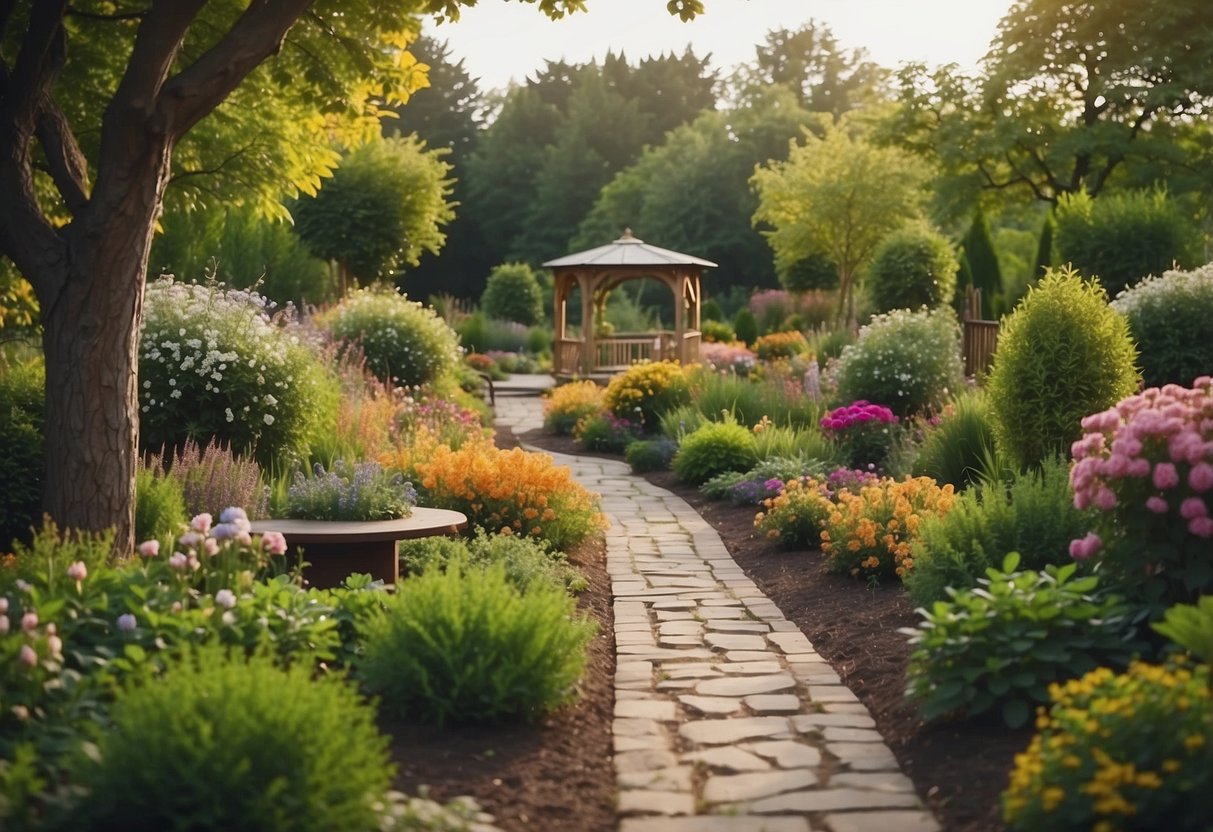
You’ll find a variety of approaches to tailor your nursery garden to fit your style and needs. Whether you prefer a modern aesthetic or a more traditional layout, there’s something out there for everyone. This article will guide you through some inspiring ideas to help you create a garden that’s both beautiful and functional.
1) Fairy Tale-Themed Garden

Transform your nursery garden into a magical fairy tale escape. Use ferns, moss, and creeping thyme for lush ground cover, especially in shady corners.
Add whimsical touches like hidden fairy doors and tiny fairy-sized accessories. Incorporate colorful, blooming plants for contrast. Hydrangeas, lilacs, and rhododendrons add soft shapes and pastel colors to the garden.
Consider miniature features like tiny bird baths and small flower pots. These elements create enchanting spots for fairies to visit. Vining plants such as morning glory or honeysuckle can add a magical, overgrown look to the garden.
2) Butterfly Habitat Corner

Create a butterfly haven by planting nectar-rich flowers like zinnias, cosmos, and black-eyed Susans. These plants attract butterflies with their vibrant colors and sweet nectar.
Place flat rocks in sunny spots. Butterflies love to bask in the sun to warm their wings.
Avoid using pesticides, as they can harm butterflies and their larvae. Instead, try organic methods to keep pests at bay.
3) Dinosaur Dig Zone
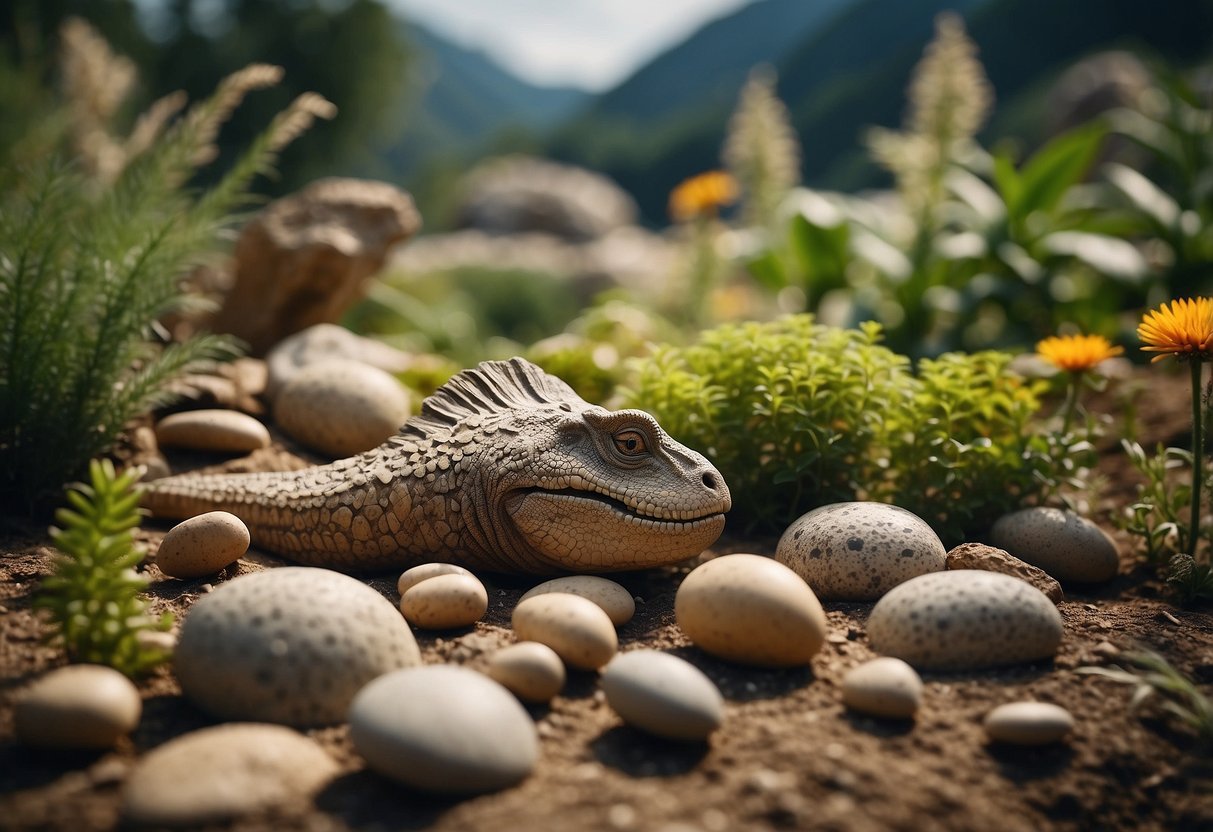
Create a fun Dinosaur Dig Zone with a sandbox filled with toy dinosaur bones. You can use a small plastic pool or a wooden box for the sandbox.
Add small shovels and brushes for digging. Hide toy dinosaur bones or fossils in the sand to make it exciting. You can find these toys at many stores or make your own with clay.
Surround the dig zone with prehistoric-looking plants, like ferns. This makes the area feel more like a real dinosaur excavation site. Use signs or labels to add educational facts about dinosaurs.
A simple tarp or canopy can provide shade. This ensures your little ones can dig comfortably for hours.
4) Storybook Reading Nook

Create a special corner in your nursery dedicated to reading. This nook can become a magical escape for your child.
Add a comfy chair or a small bean bag. Surround it with shelves full of colorful books and beloved storybook characters.
Decorate with soft lighting and cozy blankets to make it inviting. Make this space a place where stories come to life and imagination runs wild.
5) Musical Pathway

Imagine walking through your garden with pathways that follow a musical theme. You can create this by using unique stepping stones shaped like musical notes or instruments.
Add small speakers along the path to play gentle music. This will make each journey through your garden a delightful experience.
For a personal touch, paint the stones with your favorite lyrics or musical symbols. Let your love for music guide your creativity.
6) Outdoor Art Wall

Adding an outdoor art wall can make your garden nursery stand out. You can choose from various types of wall art, like murals or mosaic tiles.
Wall murals bring vibrant and artistic flair to your garden space. Check out some ideas for creating a colorful atmosphere in your garden here.
If you’re more into structured designs, mosaic tiles can add a unique touch. These designs can be intricate or simple, depending on your preference.
7) Sensory Herb Patch
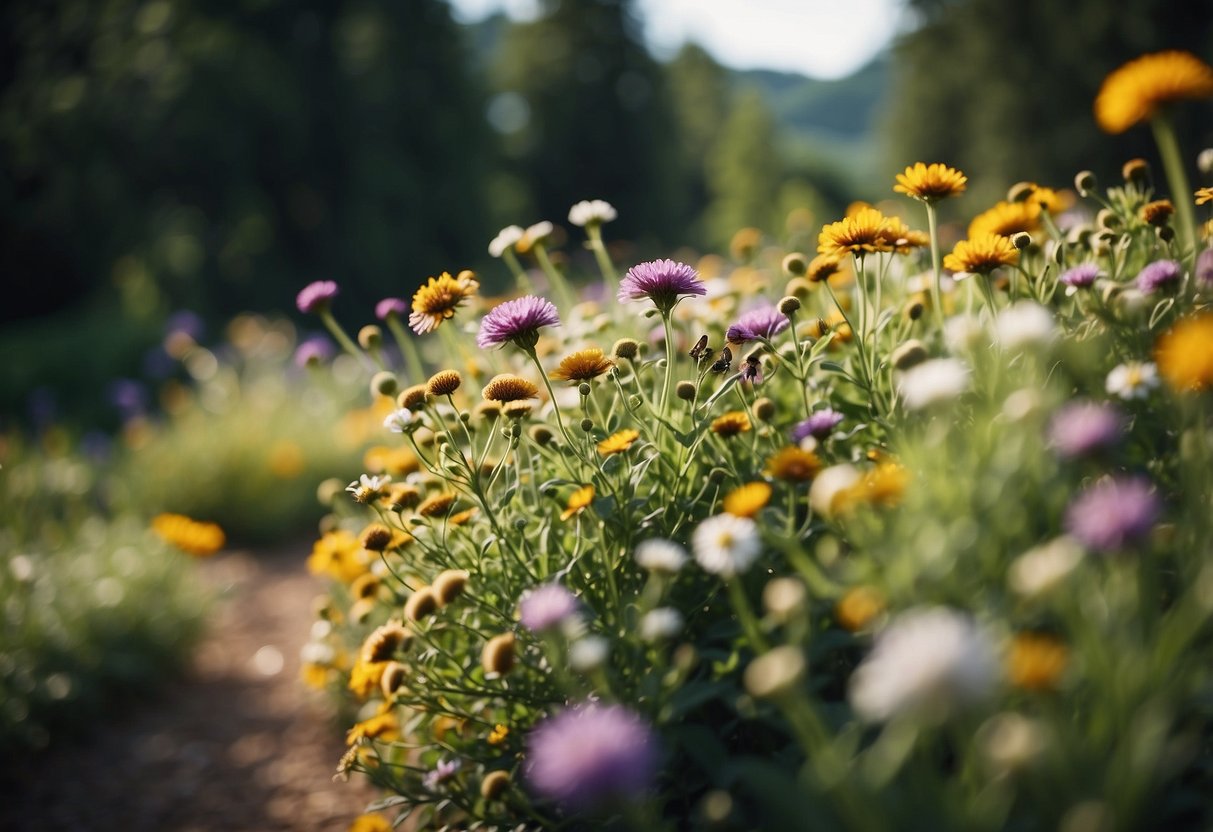
A sensory herb patch adds a unique twist to your garden. You can stimulate sight, smell, touch, taste, and even hearing with carefully chosen plants.
Plant herbs like lavender, basil, and mint for their strong scents. Add some edible flowers and lettuces to appeal to your sense of taste according to Epic Gardening.
Incorporate varieties with different textures, such as thyme and oregano, to engage your sense of touch. This way, your garden becomes an interactive, enjoyable space for everyone.
8) Miniature Orchard
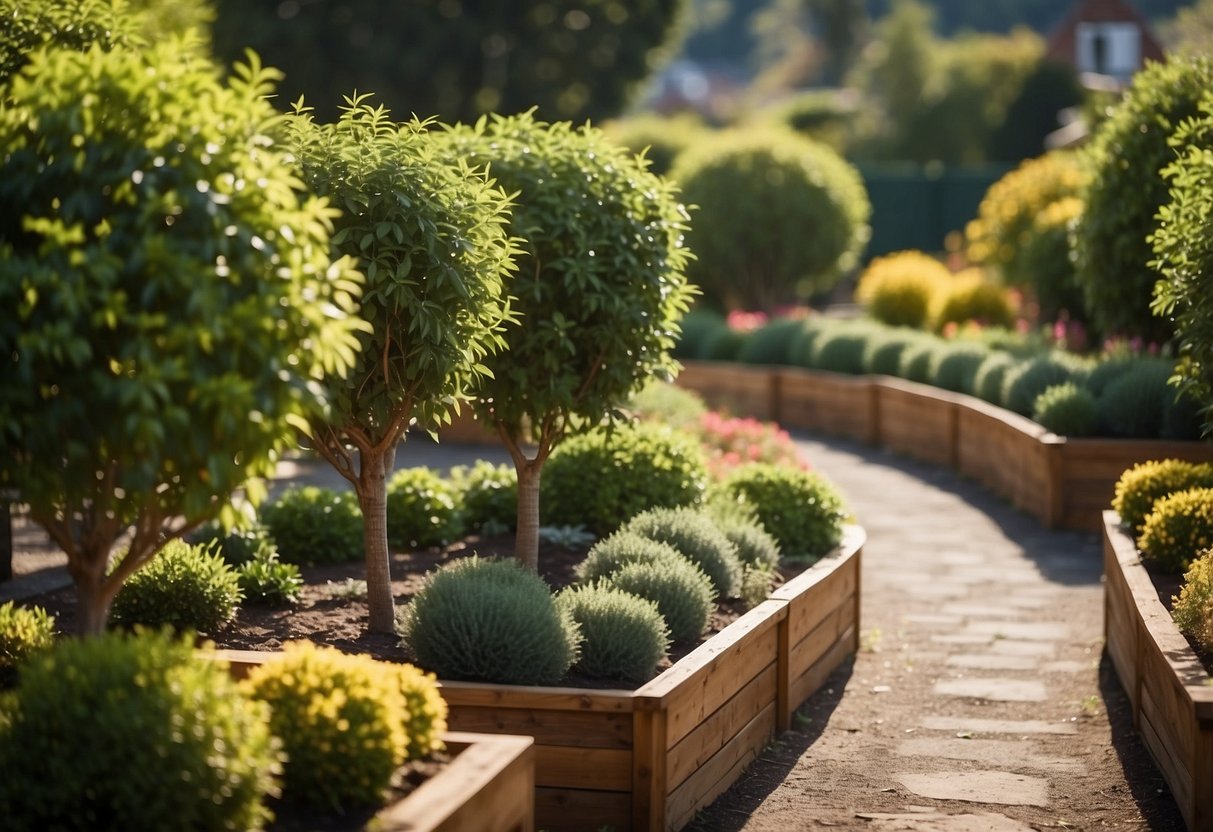
A miniature orchard is a great way to add beauty and productivity to your nursery garden.
Use dwarf or mini-dwarf fruit trees to save space. You can fit four to six trees in a small 15-foot by 15-foot plot.
Select a mix of fruits that you love, like apples, peaches, or plums. Regular pruning keeps the trees healthy and productive. Make sure to prepare the soil well before planting.
Fruiting hedges and espaliered trees along fences or walls can also maximize space. Learn more about planting a miniature orchard at Epic Gardening.
9) Woodland Creatures Pen
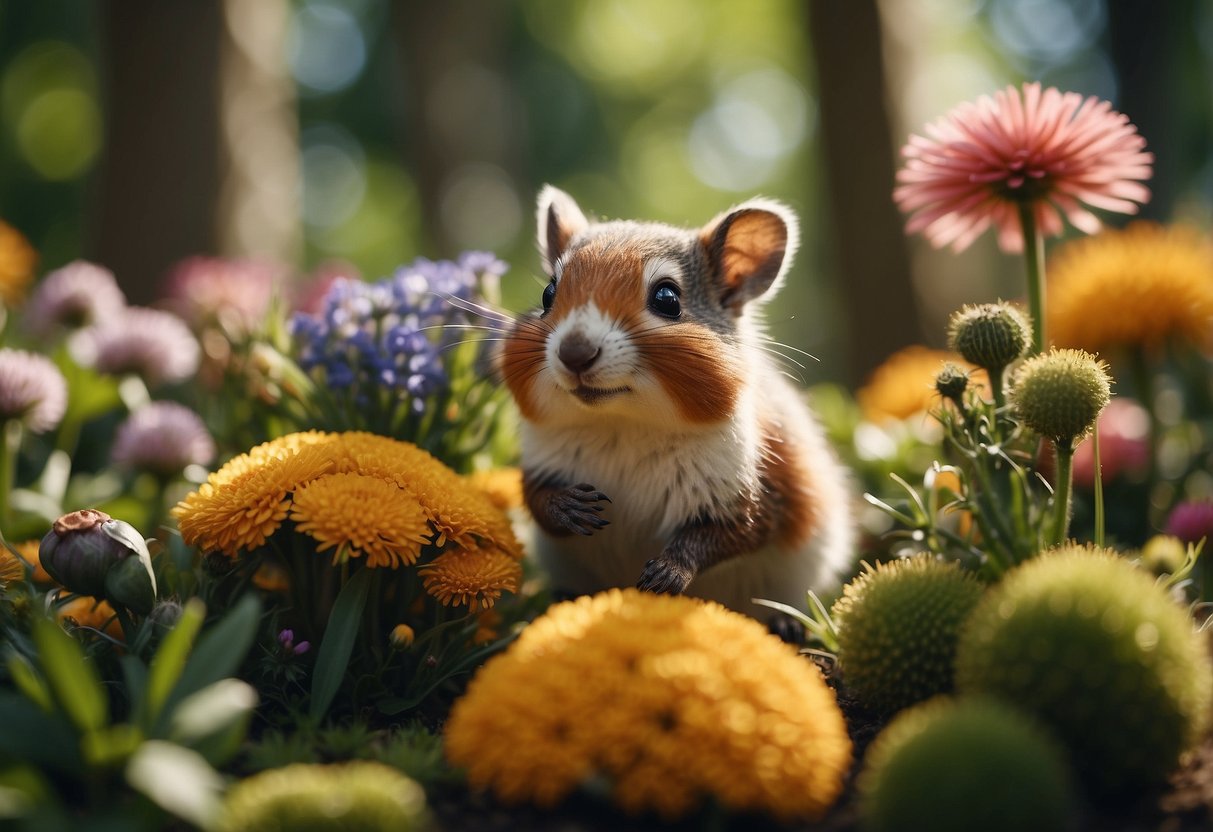
A woodland creatures pen can be a charming addition to your nursery garden. Imagine little figurines of deer, rabbits, and foxes scattered among the plants.
You could also place wooden or stone statues to create a playful yet peaceful atmosphere. Children will love discovering these hidden treasures during outdoor playtime.
10) Alphabet Play Area

An Alphabet Play Area is a fun and educational garden feature for kids. Plant 26 different plants, each starting with a different letter of the alphabet. For example, grow asters for “A” and cosmos for “C” from Gardening Know How.
You can add signs with each plant’s name and letter to help kids learn. This garden can make learning exciting and interactive.
Planning Your Nursery Garden

Creating a nursery garden involves selecting child-friendly plants and designing a layout that prioritizes safety and accessibility. Proper planning ensures a beautiful and functional space for young and old alike.
Choosing the Right Plants
Selecting plants for a nursery garden requires considering safety and ease of care. Opt for non-toxic plants like marigolds, sunflowers, and nasturtiums, which are safe if touched or ingested.
Edible plants like tomatoes and strawberries can make gardening fun and educational for children. These plants are not only interesting to grow but also provide healthy snacks.
Low maintenance plants are ideal. Look for those that do not require constant watering or special care, such as herbs, succulents, or hardy perennials.
Designing for Safety and Accessibility
Safety and accessibility should be at the forefront of your nursery garden design. Install raised beds or container gardens to keep plants at a comfortable height for children. This reduces the need for bending and makes gardening more enjoyable.
Paths and walkways should be wide and smooth, allowing easy movement for kids and adults alike. Consider using soft, non-slip materials like rubber mulch or gravel for safety.
Add fencing or barriers to keep children within safe areas and away from dangerous garden tools or features. Ensure that sharp tools, fertilizers, and pesticides are stored securely out of reach.
Incorporating seating areas with shaded spots will provide comfortable places to rest and enjoy the garden. Having clear signage and easy-to-read labels on plants can also help children learn and navigate the garden space efficiently.
Incorporating Functional Elements

Adding functional elements to your nursery garden design can make the space more enjoyable and practical. Key areas to focus on include play areas for children and educational features that encourage learning and discovery.
Creating Play Areas
Designing play areas in your nursery garden can provide a fun and safe environment for children. Consider using natural materials like wood or stone to create playground structures. Items such as sandboxes, swings, and climbing frames can capture kids’ imaginations.
Safety is crucial, so ensure the surfaces under play structures are soft, like mulch or sand. Incorporating designated zones for different activities can help keep the garden organized. Tables and chairs made of durable, weather-resistant materials can provide a space for arts and crafts. Don’t forget to provide shaded areas to protect children from the sun while they play.
Adding Educational Features
Integrating educational elements in the garden can make it a powerful learning space. Raised garden beds or planters can be used for growing vegetables and herbs, teaching kids about plant life cycles. Adding labels to plants with their names and interesting facts can spark curiosity and encourage learning.
Consider setting up a compost area to teach children about recycling and sustainability. Bug hotels or small ponds can attract wildlife, offering a hands-on way to learn about different species and ecosystems. Including a small library corner with nature-focused books can further enrich the educational experience.







